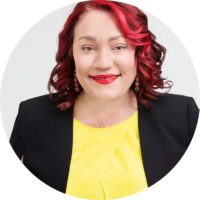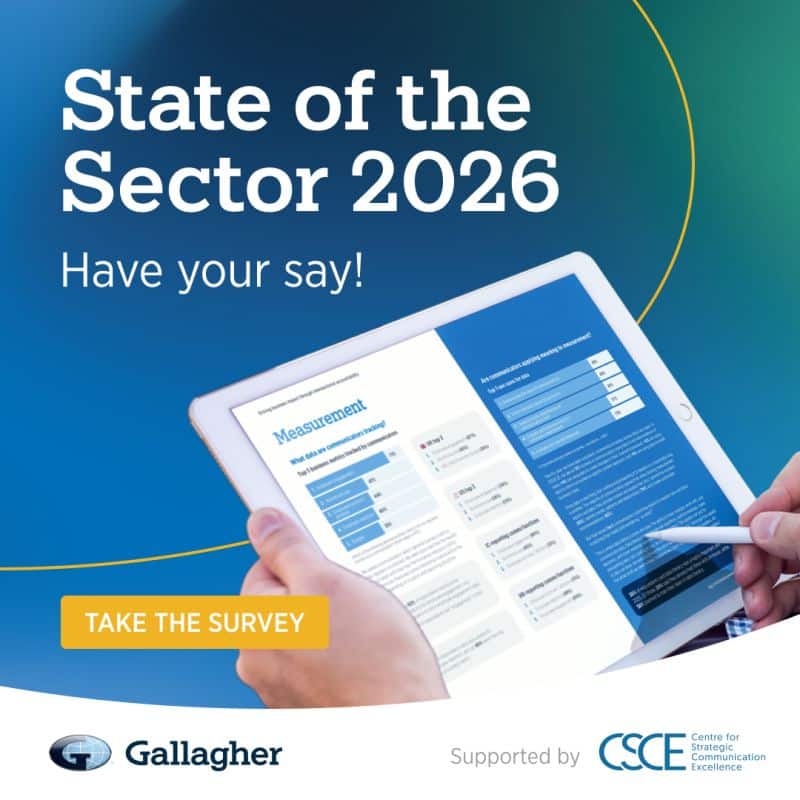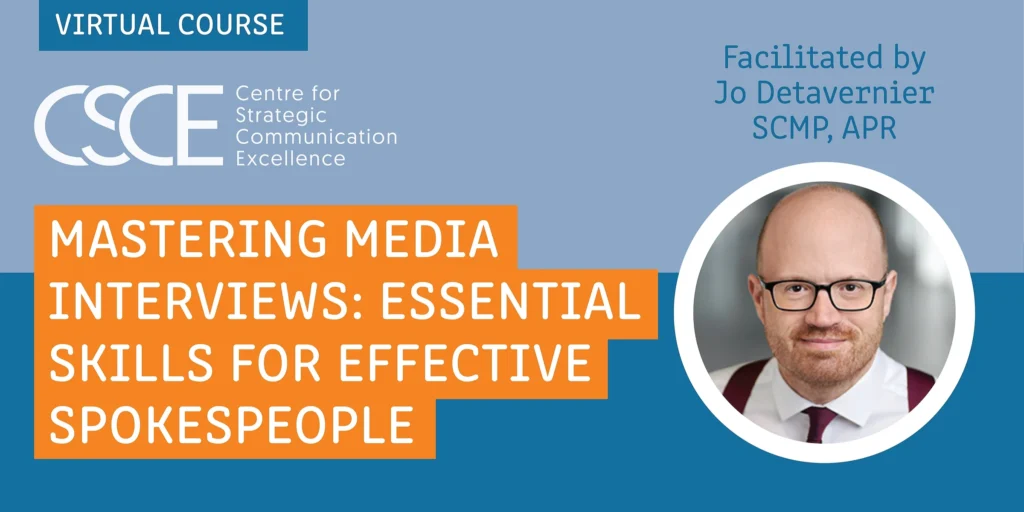It’s November, and you can feel it – that end-of-year rush when inboxes overflow, meetings multiply and everyone seems to be running on empty. For many communication professionals, being “busy” has become a badge of honour. But I’m not convinced that busy equals productive – and it certainly doesn’t equal strategic.
Over the past few months, I’ve spoken with many communication professionals who are exhausted from doing more but achieving less. They’re constantly reacting, delivering, chasing and firefighting. The work never stops, but the impact isn’t always clear.
It’s not that they’re not working hard – they are. The problem is that busyness can disguise a lack of focus on what truly adds value. And when we measure success by activity instead of outcomes, we lose sight of the bigger picture.
The problem with “busy”
The irony is that communication professionals often help others prioritise, plan and focus, yet we rarely apply the same discipline to our own work. We’re pulled in every direction –producing content, responding to last-minute requests, managing channels and fixing problems no one else will touch.
None of these things are wrong. But they don’t all deliver equal value. And when your week fills up with low-value tasks, you have little time left for the high-value work that defines your strategic contribution: advising leaders, planning communication that drives outcomes, analysing data and coaching others to communicate effectively.
When we’re “too busy” to think, we stop being strategic and start becoming reactive. And that’s a dangerous place for any professional to be.
Introducing the Time Value Audit
In our SCM1: Strategic Planning and Outcomes course, we use an activity called the Time Value Audit. It’s a simple but powerful exercise that helps professionals see how they’re really spending their time and what that time is worth to the organisation.
Here’s how it works. You take a typical working week and list your key activities – everything from advising clients and developing plans to writing, editing, attending meetings or producing materials. Then you rate each task twice:
How much time you spend on it (high, medium or low).
How much value it adds to the organisation (high, medium or low).
When you step back and look at your answers, the patterns can be eye-opening. Most people discover they spend a high percentage of time on low-value work – tasks that keep things moving but don’t contribute meaningfully to business outcomes.
They also realise they spend very little time on the activities that create the most value – building relationships, advising leaders, analysing impact and planning ahead.
The Time Value Audit makes this visible in a way that’s hard to ignore. Once you’ve seen it, you can’t unsee it.
What the results reveal
When I run this exercise in class, there’s always a moment of quiet reflection when people look at their results. Then comes the laughter, often the kind that hides a little discomfort.
Many participants realise they’ve been spending a huge portion of their week reacting to low-value requests or doing tasks that could easily be delegated. Some even notice that they’re doing things no one actually needs – they just became habits.
That’s when the real learning begins.
The audit prompts a few simple but powerful questions:
- Am I focused on the right activities for my role?
- How can I keep delivering high value without spending most of my time doing it?
- How can I stop doing low-value activities that eat into my week?
- Will anyone even notice if I stop doing them?
These questions often spark light-bulb moments. Because it’s not about doing more, it’s about doing what matters most.
The reality is that communication professionals are often valued for their responsiveness. We pride ourselves on being reliable, on delivering quickly, on saying yes. But saying yes to everything means you say no to something else, usually the work that positions you as a strategic advisor.
If you want to be a strategic communication professional, you need to act like a strategic communication professional – and that means making space for strategic thinking. That means carving out time for activities that drive outcomes: building your understanding of the business, coaching leaders, analysing what’s working, and planning communication that supports organisational goals.
It also means learning to push back – respectfully, but firmly – when requests don’t align with priorities. One of the most important skills for any professional is the ability to say, “Yes, I can do that, but here’s what it will mean for our other priorities.” That’s leadership in action.
Productivity isn’t about doing more
We often equate productivity with output – more words written, more emails sent, more projects completed. But in our profession, the true measure of productivity is influence and impact.
The most productive communication professionals I know aren’t the ones working around the clock. They’re the ones who use their time deliberately and investing it where it creates the most value for the organisation and for themselves.
That’s what the Time Value Audit reminds us. It forces you to look honestly at where your time goes and what return you get for it. And it’s not just a professional exercise, it’s a wellbeing one, too. Because when you focus your energy on meaningful work, you feel more fulfilled, less reactive and more in control of your day.
As we approach the end of the year, it’s worth asking: what kind of work filled your calendar in 2025?
Was it the kind that advanced the business, deepened relationships and positioned communication as a trusted partner? Or was it the kind that simply filled the week?
Now is the time to pause and take stock. Run your own Time Value Audit. Look honestly at how you’re spending your time and whether it reflects the kind of professional you want to be in 2026.
Busy isn’t a sign of success. Focus is.
If 2025 was the year of being busy, let’s make 2026 the year of being intentional.
The world doesn’t need more noise or more content. It needs more clarity, empathy and strategic communication that drives results. And that begins with where we choose to invest our time and energy.
If you’re ready to help your team work smarter, think more strategically and deliver greater impact, our in-house strategic communication management programs can help. They’re designed to align your team, strengthen capability and build the confidence to provide trusted strategic advice.
If you’d like to explore how we can tailor a program for your organisation, contact me for a confidential, no-obligation chat. Let’s make sure your team enters 2026 aligned, confident and focused on what truly adds value.





